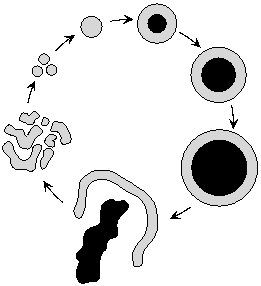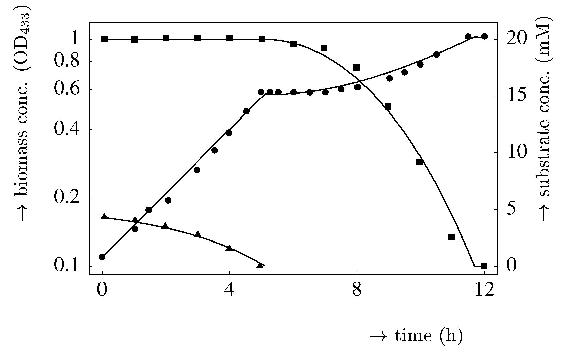Thursday 12th September 2002
Vrije Universiteit
E-mail: bernd@bio.vu.nl
Realistic Characterizations of Biodegradation
Humankind has produced over 70.000 chemicals that are all sooner or later released into the environment. In the sixties resistant pesticides and persistent detergents caused environmental pollution. Later the first tests on biodegradability were conceived and the EnvironmentalProtection Agency formed the Office of Pollution Prevention and Toxics (OPPT) in 1977. Nowadays, new chemicals are tested for toxicity and biodegradability before they are admitted to the consumer market. These tests are carried out world-wide according to the guidelines established by the Organization for Economic Co-operation and Development, the European Union, the International Organization for Standardization, and the Environmental Protection Agency.
Task forces on biodegradation tests of, for example, the Society of Toxicity and Environmental Chemistry (SETAC) and of the industry recognize shortcomings in the protocols and in the interpretation of standardized biodegradation tests, in particular with the analysis of the test results. Three areas have been selected to work on in this project:
- mass-transfer limitation and growth of microbial flocs
- multiple-substrate utilization and co-metabolism
- slow microbial adaptation to changing feeding conditions
Flocculated growth
Microbes in activated sludge tanks mostly occur in flocs rather than in cell suspensions.
Co-metabolism
The availability of multiple carbon/energy sources often enhances the biodegradation of recalcitrant compounds. We classified and modelled different modes of multiple substrate utilization in a systematic way, using the concept Synthesizing Unit (generalized enzyme). According to this concept, substrates can be substitutable or complementary; their uptake (or processing) can be sequential or parallel. We show how the different modes of multiple substrate interaction can be described by a single general model. From the general model, we derive simple expressions for co-metabolism of non structurally analogous substrates. Both the general and the co-metabolism model have the advantage that they can be used in combination with any microbial growth model.
The application of co-metabolism model to experimental data shows that the general model constitutes a useful framework for modeling aspects of multiple substrate utilization.
Adaptation
In their natural environment microorganisms encounter changes in feeding conditions, involving either nutrient concentrations or nutrient types. They have to adapt to the new conditions in order to survive. We modelled the slow microbial adaptation in response to changes in the availability of substrates. The model is based on reciprocal (or mutual) inhibition of expression of both the substrate-specific carriers and the associated assimilatory machinery. The inhibition kinetics is derived from the kinetics of Synthesizing Units. The model accounts for interaction among carriers by diffusion limitation. The number of required adaptation parameters is one less than the number of substrates that is involved. An interesting property of the adaptation model is that the presence of a single limiting resource results in a constant ,maximum specific substrate consumption rate for fully adapted microorganisms. Because the maximum specific consumption rate is not a function of substrate concentration, for growth on one substrate, the Monod and Pirt models for instance are still valid. Other adaptation models known to us do not fulfil this property. The simplest version of our model describes adaptation during diauxic growth, using only one preference parameter and one initial condition. The applicability of the model is exemplified by fitting it to published data from diauxic growth experiments.
 PhD-Thesis Index
PhD-Thesis Index
 NVTB - Home Page
NVTB - Home Page


